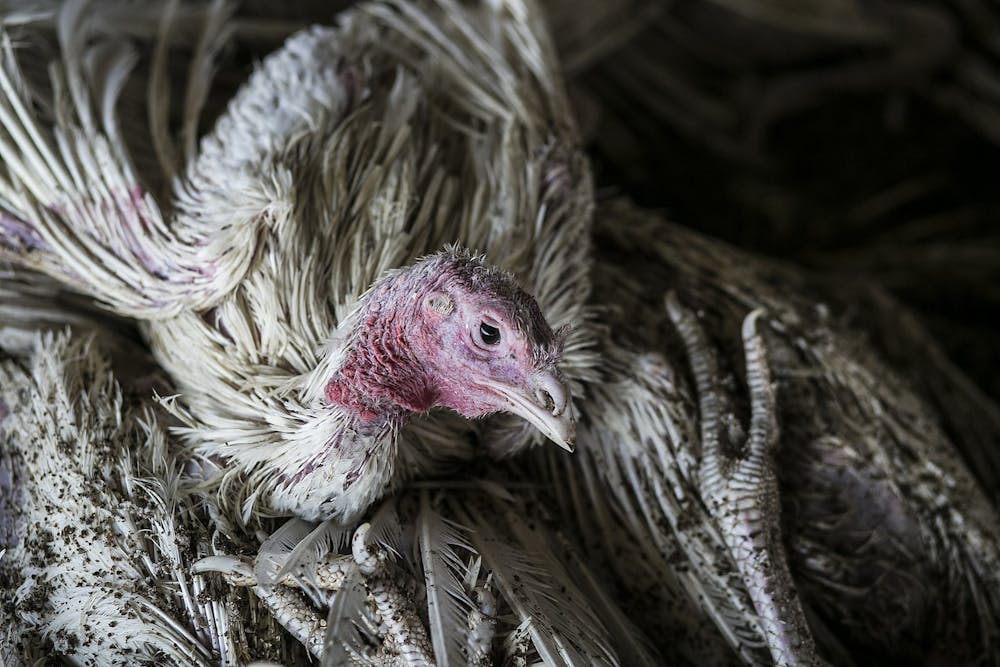While the world continues to grapple with the COVID-19 pandemic, a new threat looms on the horizon: the avian influenza (more commonly known as bird flu) outbreak that is sweeping across the globe. In particular, the H5N1 strain of this virus is raising fears among scientists monitoring its spread. We must be proactive about the bird flu before this outbreak grows into a pandemic.
Back in October 2022, veterinarians noticed that minks at a farm in Galicia, Spain were dying unexpectedly. While SARS-CoV-2 was suspected to be the culprit, lab tests revealed that H5N1 was to blame. Workers were immediately quarantined, and more than 50,000 minks were killed. While none of the farm workers became infected, it was an unprecedented finding.
Though H5N1 is making headlines now, the bird flu strain is more than 25 years old. It was initially detected at a goose farm in China in 1996. The first documented human deaths resulted from a poultry outbreak occurring in Hong Kong in 1997.
In addition to devastating global bird populations and posing the risk of a pandemic, bird flu has dealt massive blows to the animal agriculture industry. Any time that the virus is detected, the entire flock must be killed to prevent the spread of the virus.
The current outbreak has cost the government $661 million and resulted in 58 million birds slaughtered, 43 million of which were egg-laying chickens. Consumers are already bearing this cost as egg prices rose to $4.82 per dozen in January compared to $1.93 just a year earlier.
The bird flu binds to specific receptors in the upper airways of birds. These receptors are less common in mammalian upper airways. This is why H5N1 has not caused much trouble to mammals in the past; however, this new wave has infected many mammalian species — such as foxes, cats, ferrets, seals, dolphins, bears and humans.
This news is incredibly concerning. While the H5N1 strain has not infected humans often, it has a troubling 53% case fatality rate when it does. As infection numbers rise, the probability of a deadly mutation occurring only increases.
Compared to the virus found in birds, the version detected in minks showed several changes, including a mutation allowing it to better replicate in mammalian tissue (T271A). Isabella Monne, a veterinary researcher at the European Union’s Reference Laboratory for Avian Influenza in Italy, expressed concern.
“This is a clear mechanism for an H5 pandemic to start,” Monne said.
Farms pose a huge threat for viral epidemics. When we force thousands of mammals to live together in close contact with each other and humans, we create ideal conditions for pathogens to spread and adapt. What’s more, the mink’s upper respiratory tract is well suited to spread the bird flu to humans.
In 2020, Danish mink farms generated new variants of SARS-CoV-2 that infected humans. Monne advocates for increased biosafety measures at farms such as wearing masks and enforcing better sanitary conditions. Thomas Peacock, virologist and research associate at Imperial College London, adds that it may be time to think about ending mink farming in general.
“It’s a bit of an existential threat,” Peacock stated.
Many questions have been raised about the ethicality of this industry. Minks are raised for their fur, a luxury item that is “not essential to human health or well-being,” according to University of Oxford ethicist Andrew Linzey.
In the face of the H5N1 outbreak, it is essential to take proactive steps to prevent the spread of bird flu and suppress early outbreaks. Surveillance and monitoring are key. The U.S. and the World Health Organization already have influenza surveillance networks. Effective monitoring would need to prioritize those at higher risk of contracting bird flu such as poultry workers and healthcare workers.
Additionally, testing should be made widely available and easy to obtain. Those in contact with patients, poultry and wild birds should be able to test after any potential exposure.
In terms of prevention, there are several H5N1 vaccines already approved by the Food and Drug Administration. However, while the U.S. government has an H5N1 vaccine stockpile, it is meager compared to the amount necessary to prevent a serious outbreak.
As a result, if an outbreak occurs, the country will have to scramble to mass-produce vaccines. Instead, we should be adequately prepared before cases rise. More must be done to prepare for outbreaks.
There is an opportunity to prevent a pandemic and protect the health of people and animals around the world. The COVID-19 pandemic did not allow us to prepare in advance, but, this time, we have an opportunity to prevent disaster.
Ritwik Raj is a sophomore from Glenville, N.Y. majoring in Molecular & Cellular Biology and Psychology.





